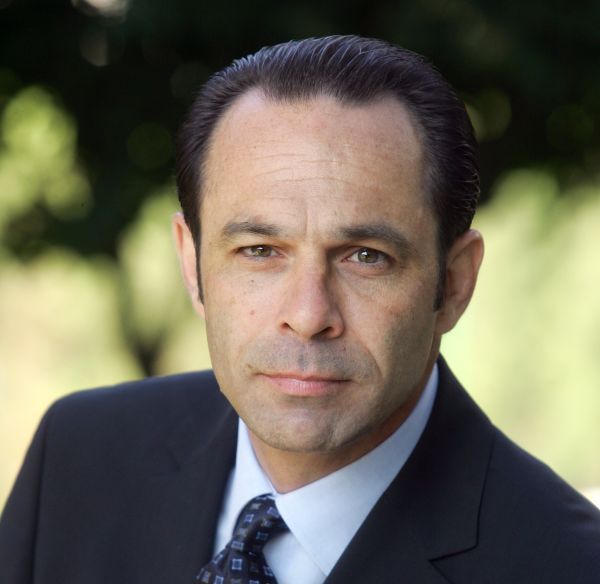Why business needs nextsensing — now

Disruptive ambiguity
For many people in the world of business, the swirl of what’s happening in the marketplace — as reported in the media as well as in their own customer tracking — has become an incoherent jumble. It is normal for people to become stuck when trying to answer a complex question such as “What’s going to happen in the world economy next year?” But I find that it’s increasingly typical for business leaders to have difficulty answering this question: “What’s going to happen to my company’s customers next year?”
Such disruptive ambiguity is common, I find, in companies large and small as well as in organisations both public and private. Thus, trying to answer such a fundamental question has become a major problem for business leaders. Trouble is, most people confront a problem and try to solve it by facing backwards. Whether helping a friend or helping their company, people’s impulse is often to solve a problem by using techniques they learned in the past, to come up with solutions designed to return to the way things were before the problem began. For example, if sales are sagging this year, too many executives will try to employ the same techniques they used last year when sales were more robust.
Nextsensing
‘Thinking backwards’, however, lacks the foresight necessary to keep up with changing times and to find new ways of doing business. Instead of simply trying to ‘fix’ a problem using a timeworn approach, people can learn how to apply the nextsensing process to explore new mental corridors that will do more than simply restore the status quo (if that is even possible). There are countless examples of the ways in which nextsensing could have saved incumbent companies or entire industries from trouble or even ruin.
One example: when Napster introduced a platform for users to trade digital music files across the Internet, recording companies and the recording industry itself scrambled to shut down the service. Instead of recognising the shift in how music was being listened to, moved and stored — and attempting to find a way to capitalize on that new reality, the industry focussed on stopping file sharing altogether and protecting the integrity of their considerable influence over existing distribution channels. Their attempts failed, and they needlessly lost valuable time and money rushing to solve what they perceived as a problem instead of engaging in nextsensing activities and pioneering a new frontier in recorded music.
What is nextsensing? As the name suggests, the primary process involves noticing what is happening right now and making sense of it. In the recording industry example, this would have involved more evaluation of the new methods of storing and playing music files electronically, and trying to better understand the social dimensions of sharing.
In other words, to make novel connections and truly foresee potential we must develop the ability to leverage our cognitive, emotional and social capacities to unravel new meaning from current data and events. The process I employ guides managers to (1) detect, (2) dissect, and (3) differentiate issues confronting their organisation or industry. Had I been working with those in the recording industry when they tried to shut down Napster, I would have tasked them with confronting the distinct possibility that Napster was but one of many like-minded initiatives sure to be launched as music moved inexorably from wax recordings to digital files.
Opportunity foresense
When applying the nextsensing process, we are interested in unlocking the meaning hidden in the ambiguity of a promising opportunity context. In short, nextsensing is about converting confusion into clear thinking. Only then can someone managing a business evaluate the full range of potential opportunities inherent in an evolving market. The recording industry would have been able to set up a profit-making online music store years before Apple created iTunes had it generated its own foresense early in the transition to digital music.
This is why I believe in the value and promise in nextsensing. In today’s quickly evolving global business atmosphere, these methods open businesses to significant potential growth. Assessing the nature of the disruption is key. Using that insight to help look forward with an open mind — and seeking to learn how coming innovations may impact your own relationship with customers — can be the difference between success and failure. Simply reacting to problems as they appear and attempting to eliminate them may have worked for some in the past, but for a company or industry to grow today, nextsensing is an essential tool.
Joseph Pistrui is Professor of Entrepreneurial Management at IE Business School in Madrid.

